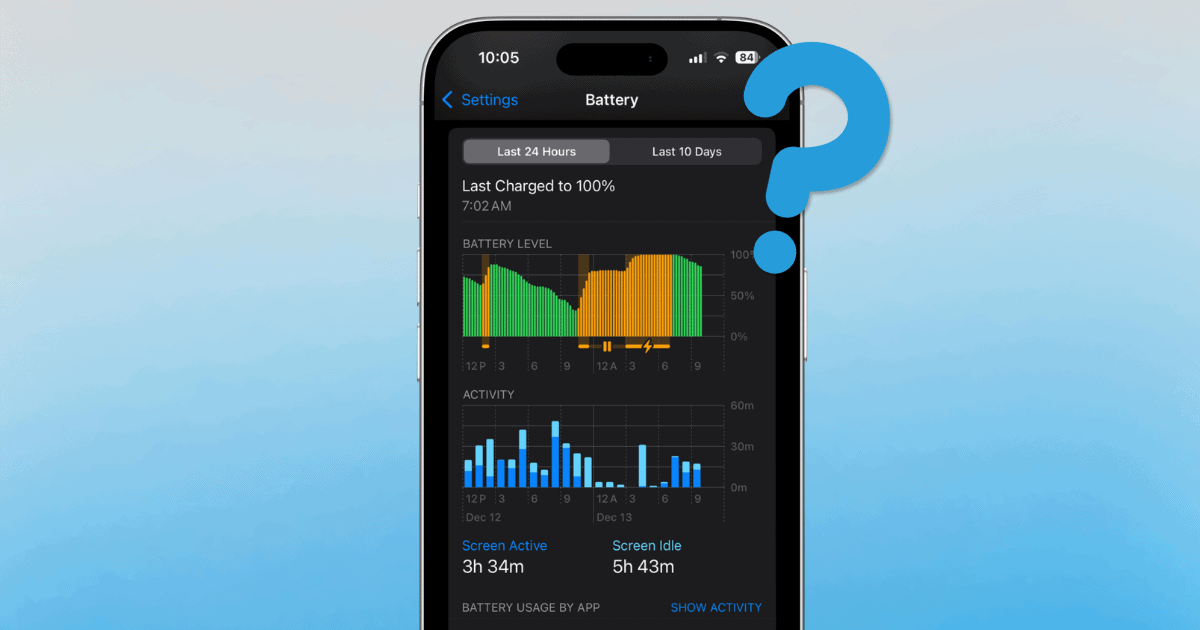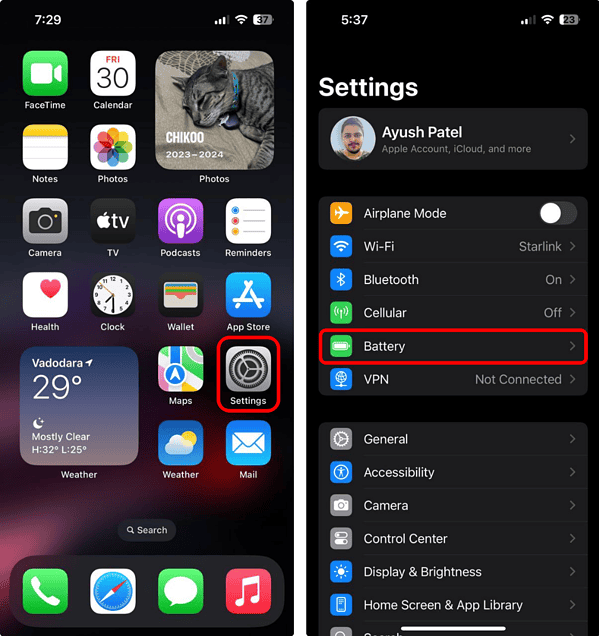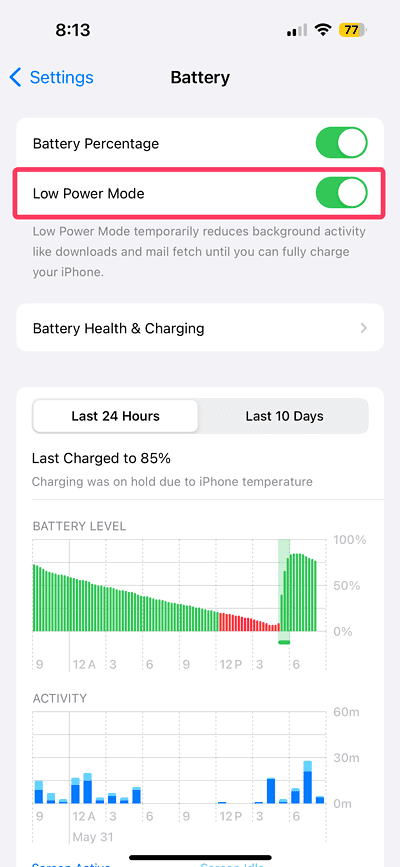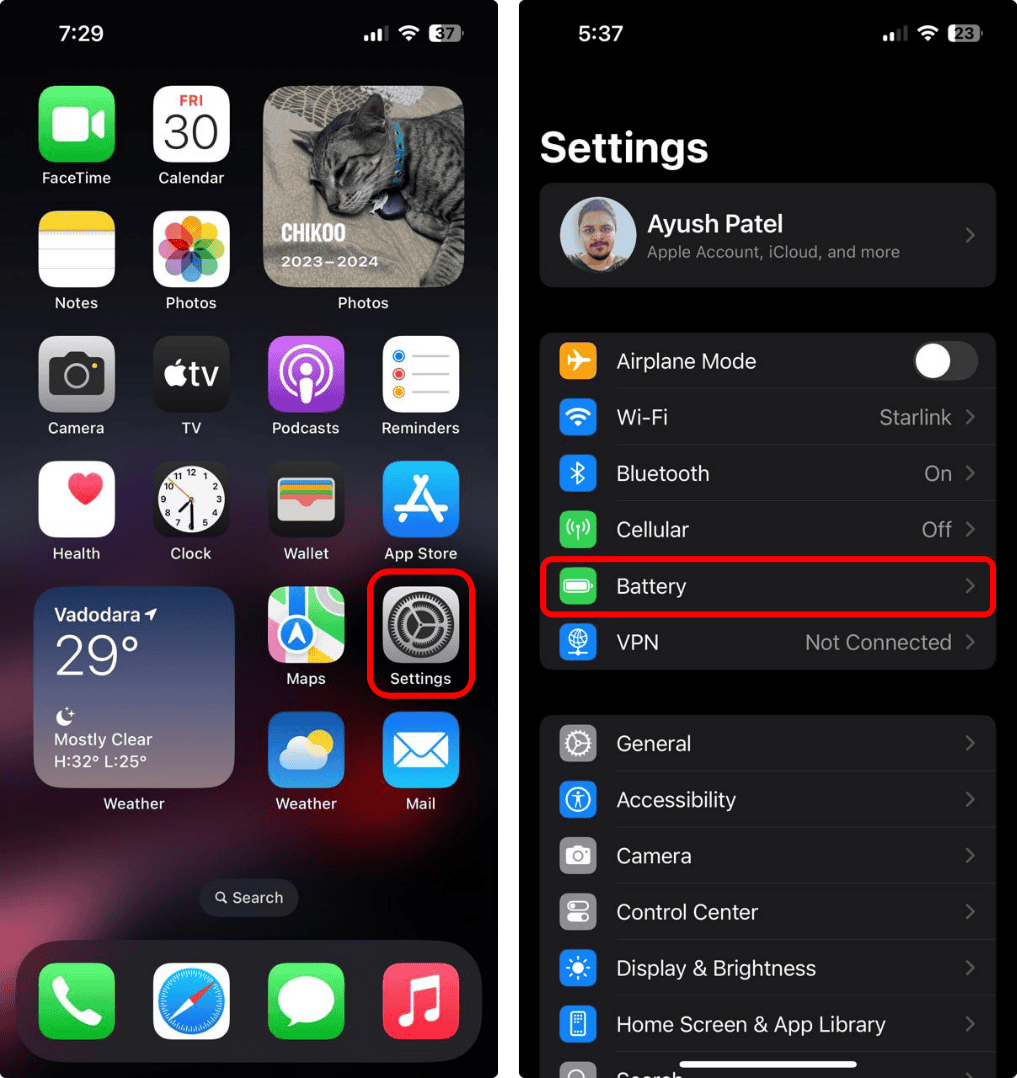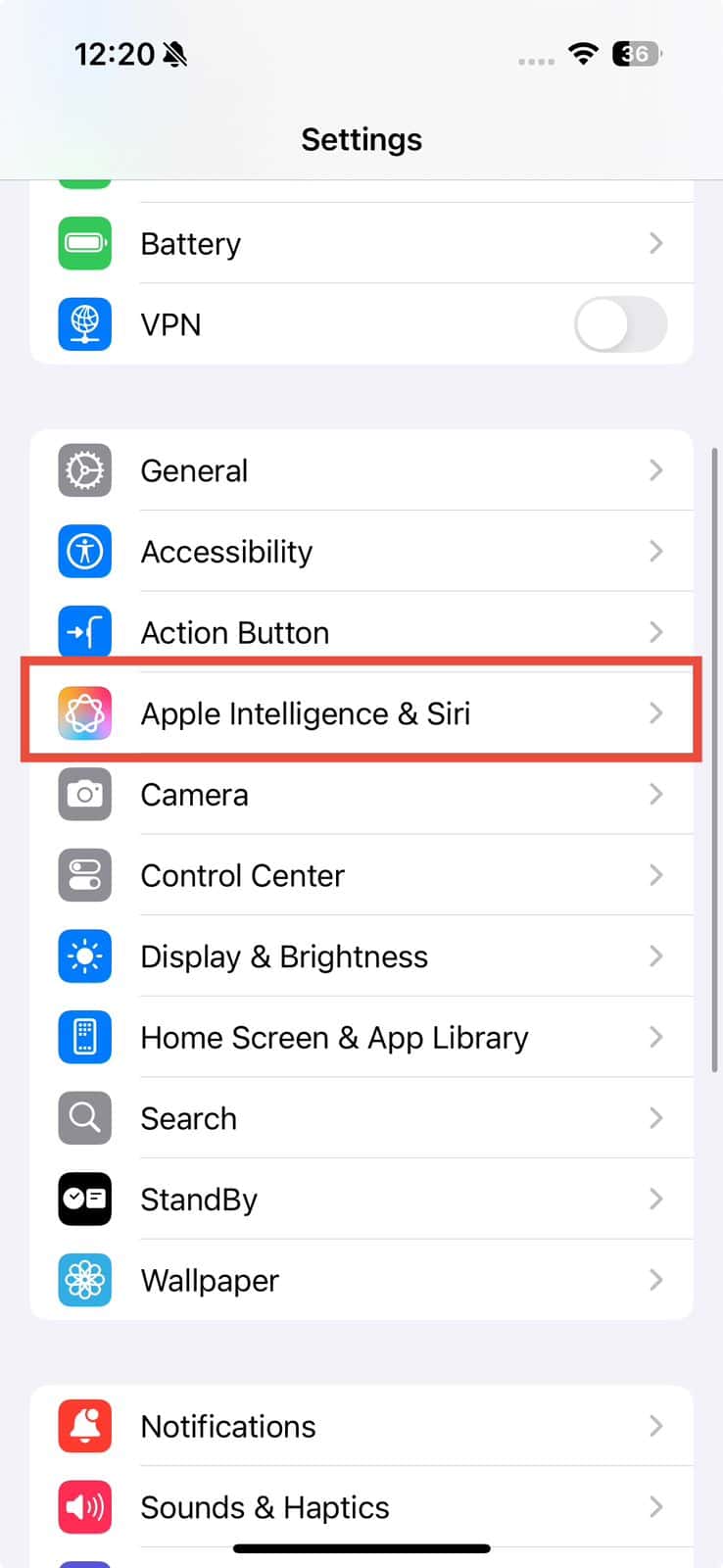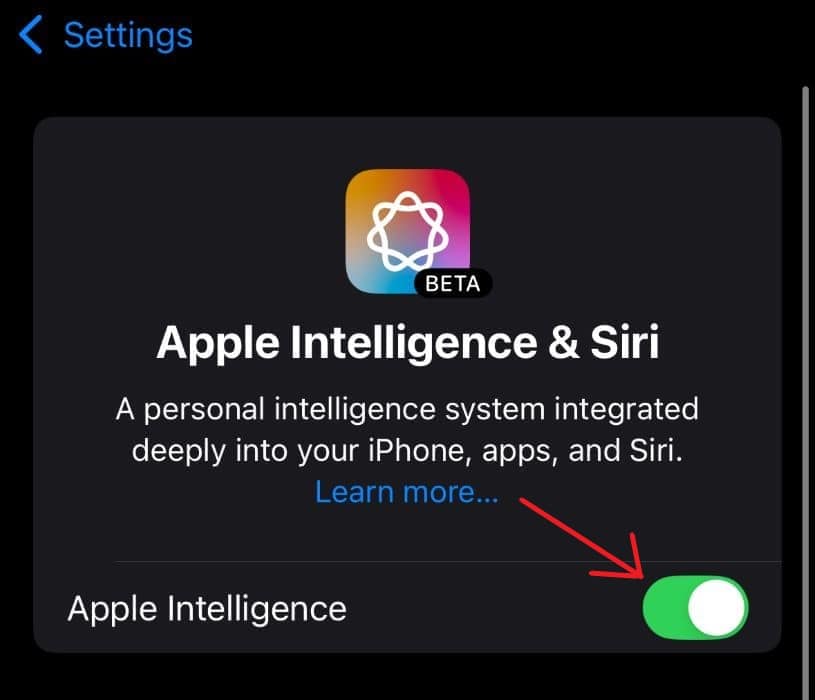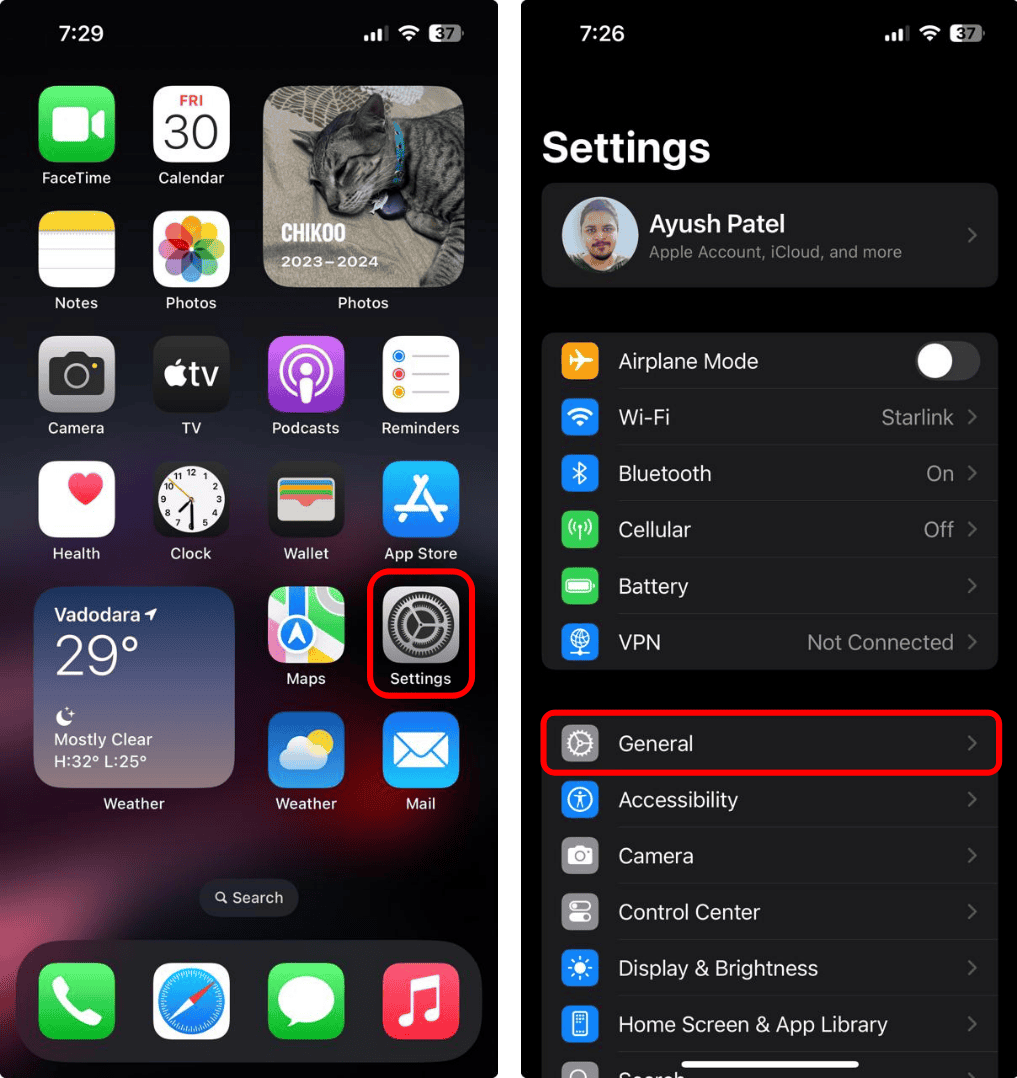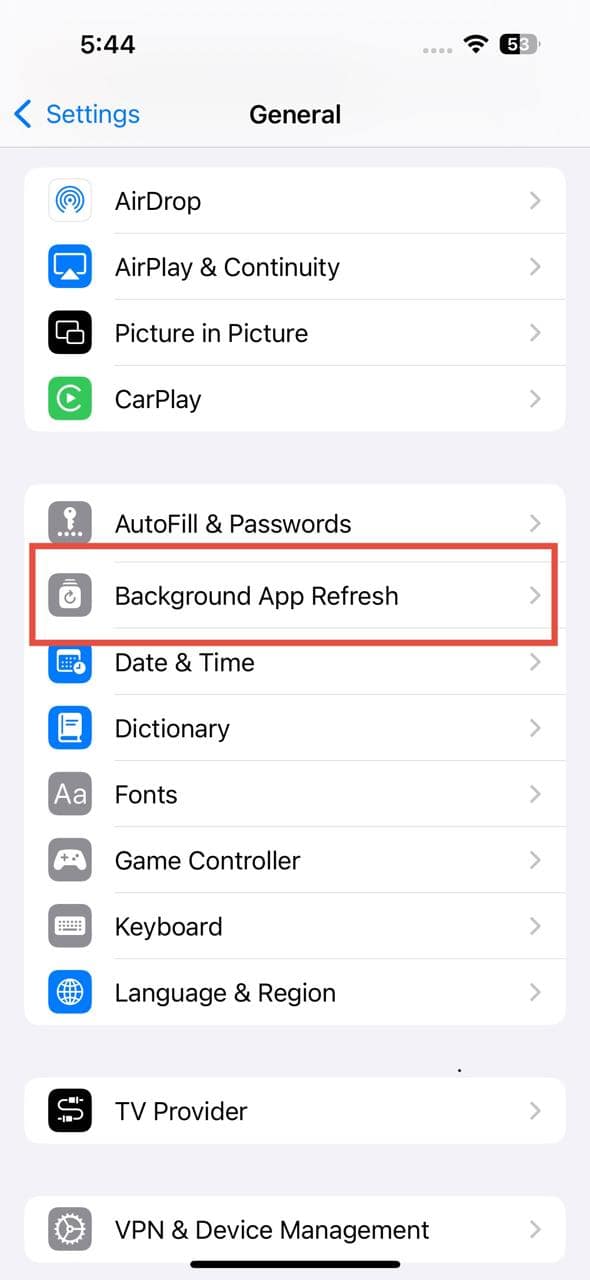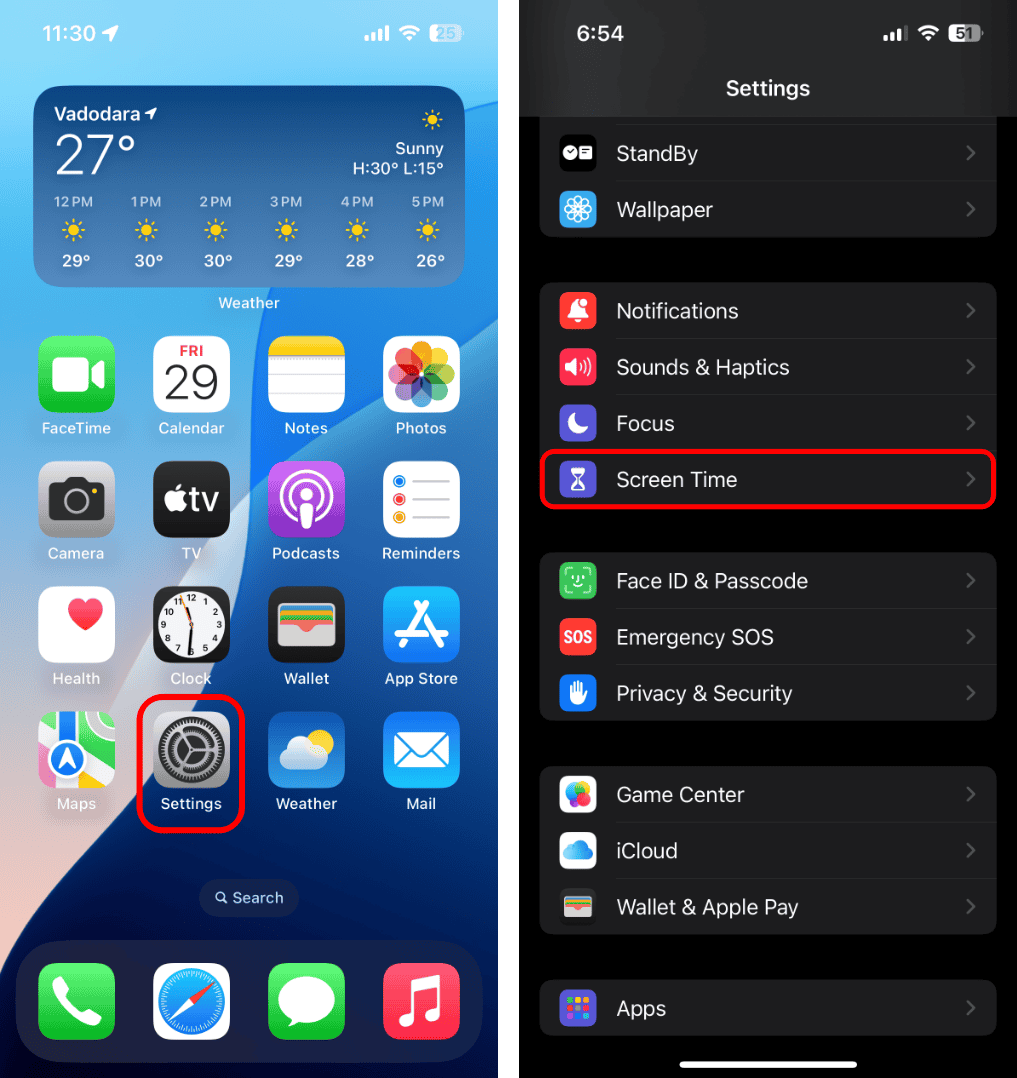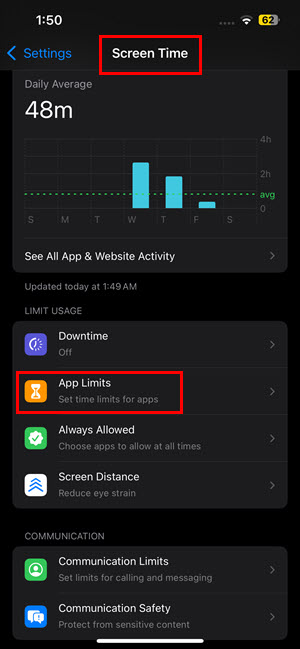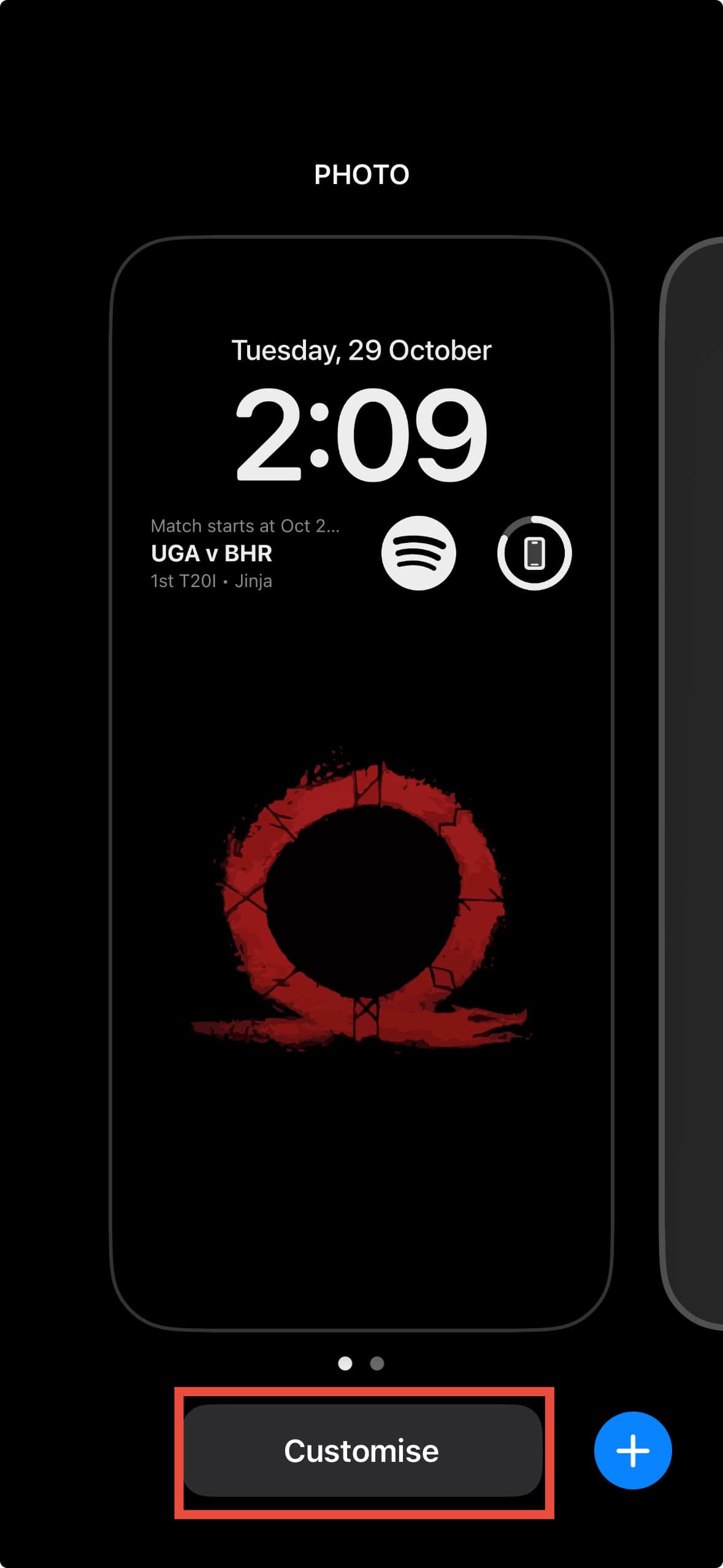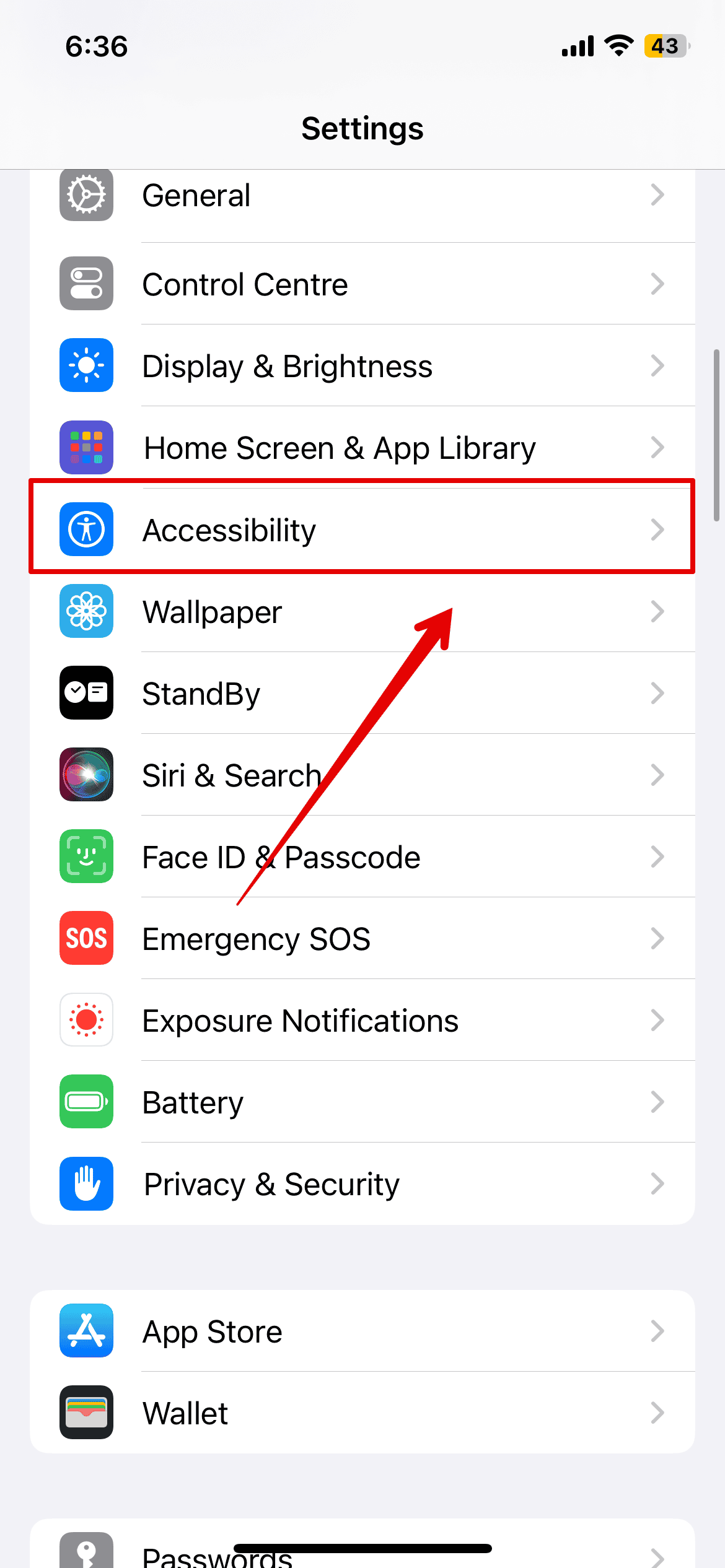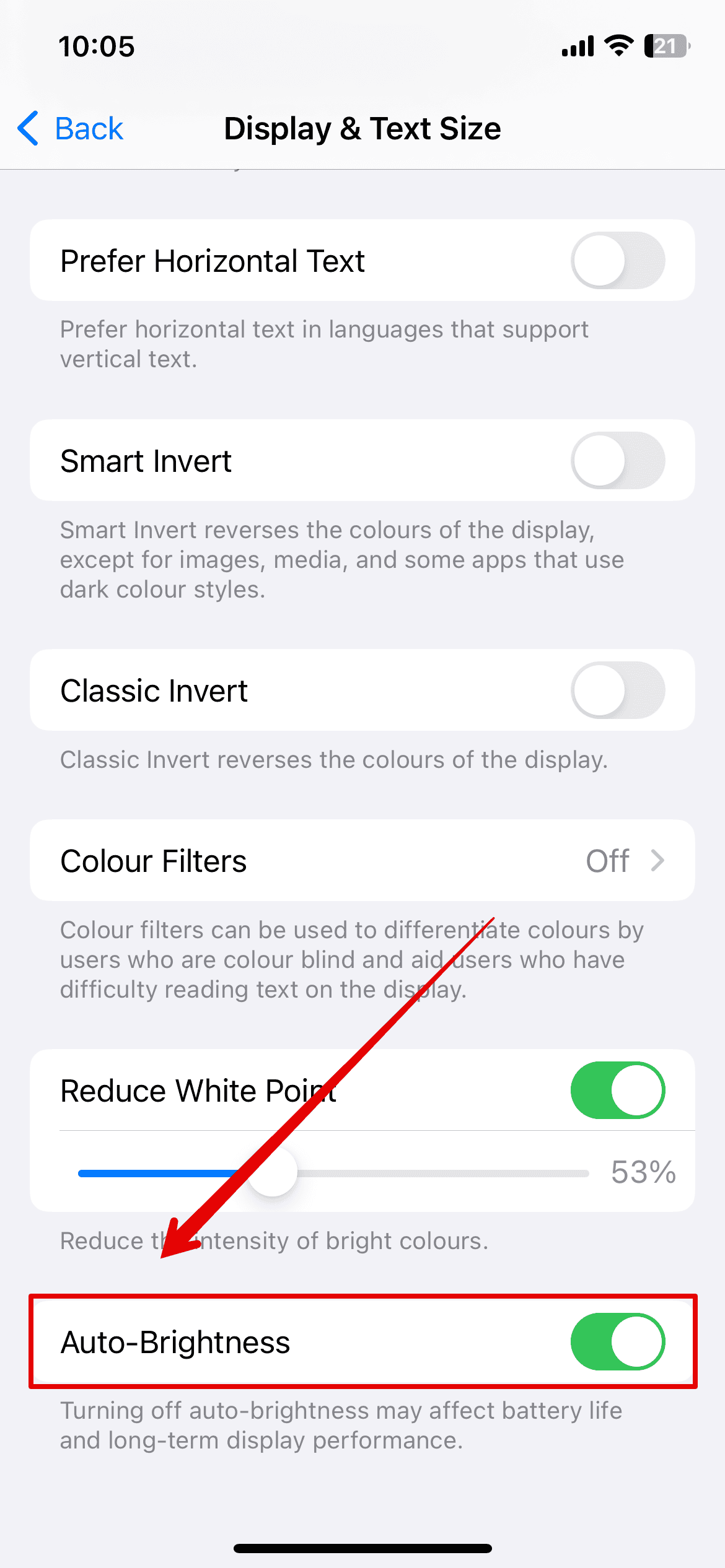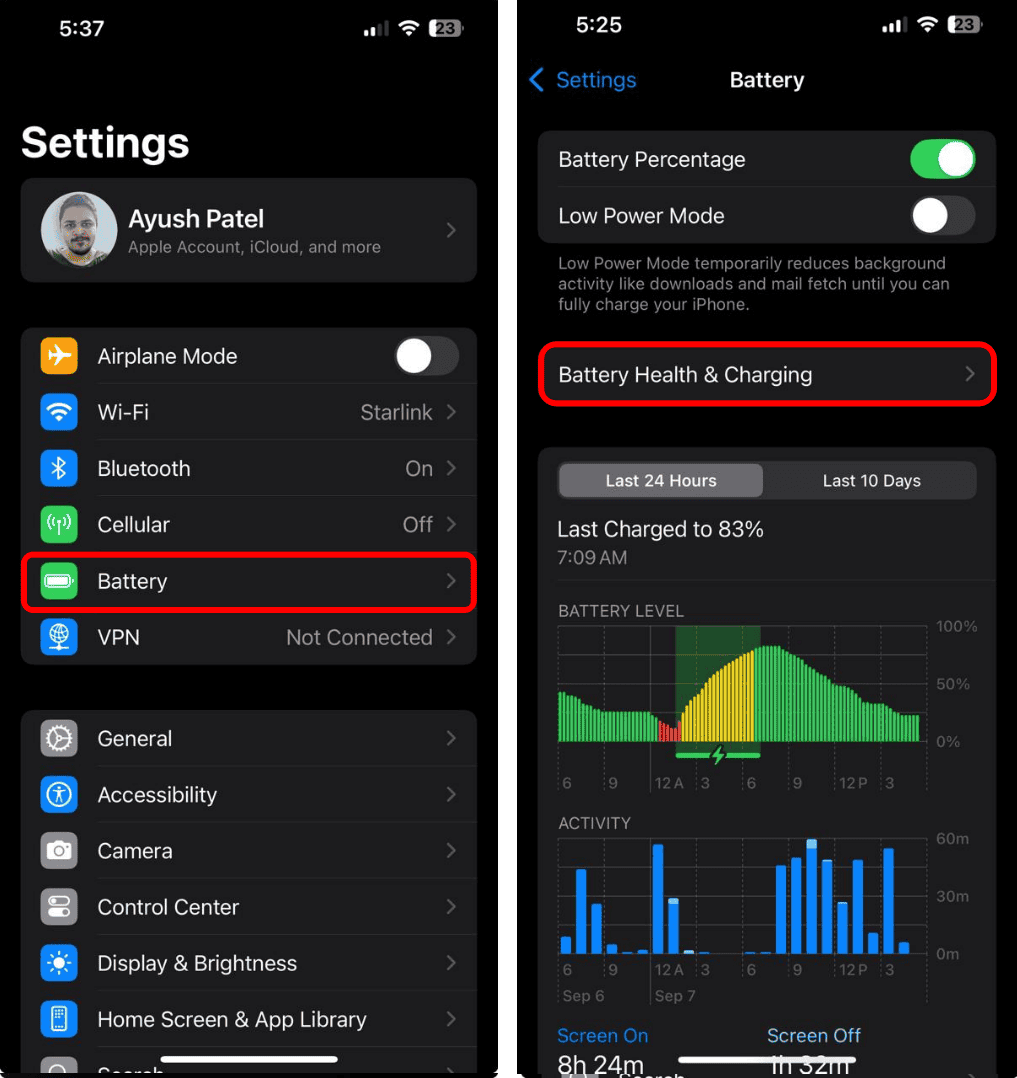Another iOS update has landed on iPhones, and it’s a big one. iOS 18.4.1 fixes two critical security flaws Apple claims were used in real-life attacks. This makes it an unskippable update that you should install as soon as possible. It also fixes CarPlay connection issues that have been plaguing users for a long time. However, many are reporting that battery life took a hit, as has been common with iOS updates for a while now. But thankfully, there are fixes you can try that will stop your iPhone’s battery from draining faster than it already does.
1. Turn On Low Power Mode
When your battery drops to 20% or less, your phone warns you to save power. Low Power Mode kicks in by limiting certain features until you recharge. You can also turn it on yourself whenever you want to extend battery life.
Time needed: 1 minute
- Open the Settings app, then tap Battery.
- Enable the toggle for Low Power Mode.
2. Wait a Bit
It’s totally normal if you notice your iPhone’s battery life drop after installing a new iOS update. Right after the update, your phone kicks off a series of background tasks that use extra power. Apple actually lets you know to expect some changes in battery life and heat performance during this time.
With iOS 18, it’s easier for you to see what’s happening in the background.
- Go to Settings > Battery.
- You might see an entry under Activity called Device Setup & Updates. That means your phone is running extra processes, which can temporarily drain your battery.
No need to stress. Once your phone finishes these tasks, your battery life should return to normal. Just give it a bit of time to settle in.
3. Disable Apple Intelligence
Apple Intelligence, Apple’s suite of AI tools, can be the cause of your battery issues. Even without actively using the feature, it drains power. Until Apple optimizes it, turning it off might save your battery.
- Go to Settings > Apple Intelligence & Siri.
- Turn the Apple Intelligence toggle off.
4. Turn Off Background App Refresh
Disabling Background App Refresh for apps that don’t need constant updating can improve battery life. Here’s how:
- Open the Settings app, then tap General.
- Tap Background App Refresh.
- Disable the Background App Refresh toggle.
5. Drop the Battery-Draining Apps
Let’s be honest. Whether it’s Instagram, TikTok, or another favorite, one or two apps are probably eating up a big chunk of your battery every day. If you want to stretch your battery life, you could try cutting back on your usage. If you trust your self-control, drag the app into a folder and tuck it away; out of sight, out of mind.
But if you need your iPhone to help you stay disciplined, set time limits for specific apps or entire categories.
- Go to Settings > Screen Time.
- Tap App Limits > Add Limit.
6. Turn Off Widgets on Your Lock Screen
When you add widgets to your lock screen, your apps run in the background to constantly update info like weather or sports scores. This nonstop activity drains your battery. To save power, avoid using lock screen widgets.
- Tap and hold your Lock screen.
- Tap Customize > Lock Screen.
- Tap the widget block, and remove widgets using the minus (-) icon.
7. Enable Auto-Brightness
Your iOS device’s display settings can seriously affect its battery life. If you always keep the brightness at the highest level, you’ll notice the battery drains much faster. To conserve power, turn on Auto-Brightness, which automatically adjusts the brightness based on the surrounding light.
- Go to Settings > Accessibility > Display & Text Size.
- Scroll to the bottom and tap the Auto-Brightness toggle to turn it on.
8. Check Your iPhone Battery Health
Over time, your iPhone’s battery deteriorates, which can impact both performance and reliability. Warning signs include battery swelling, screen lifting, or discoloration, particularly on the left or right side for iPhone 12 models and newer. If you observe any of these issues, replace the battery right away. Use caution when handling it, as damaged lithium-ion batteries may pose safety risks. To check your battery health, follow the instructions below:
- Open the Settings app.
- Tap Battery > Battery Health & Charging.
- Check the Maximum Capacity of your phone’s battery. It’s a measure of its capacity compared to when it was new. Anything above 80 percent should be fine, but if it is lower than that, you should look for a replacement.
Check out our guide on preventing rapid battery health decline to maintain optimal performance.
If the problem keeps happening despite trying everything in this guide, your iPhone’s battery is probably defective or worn out. The best course of action is to contact Apple Support for a replacement.
